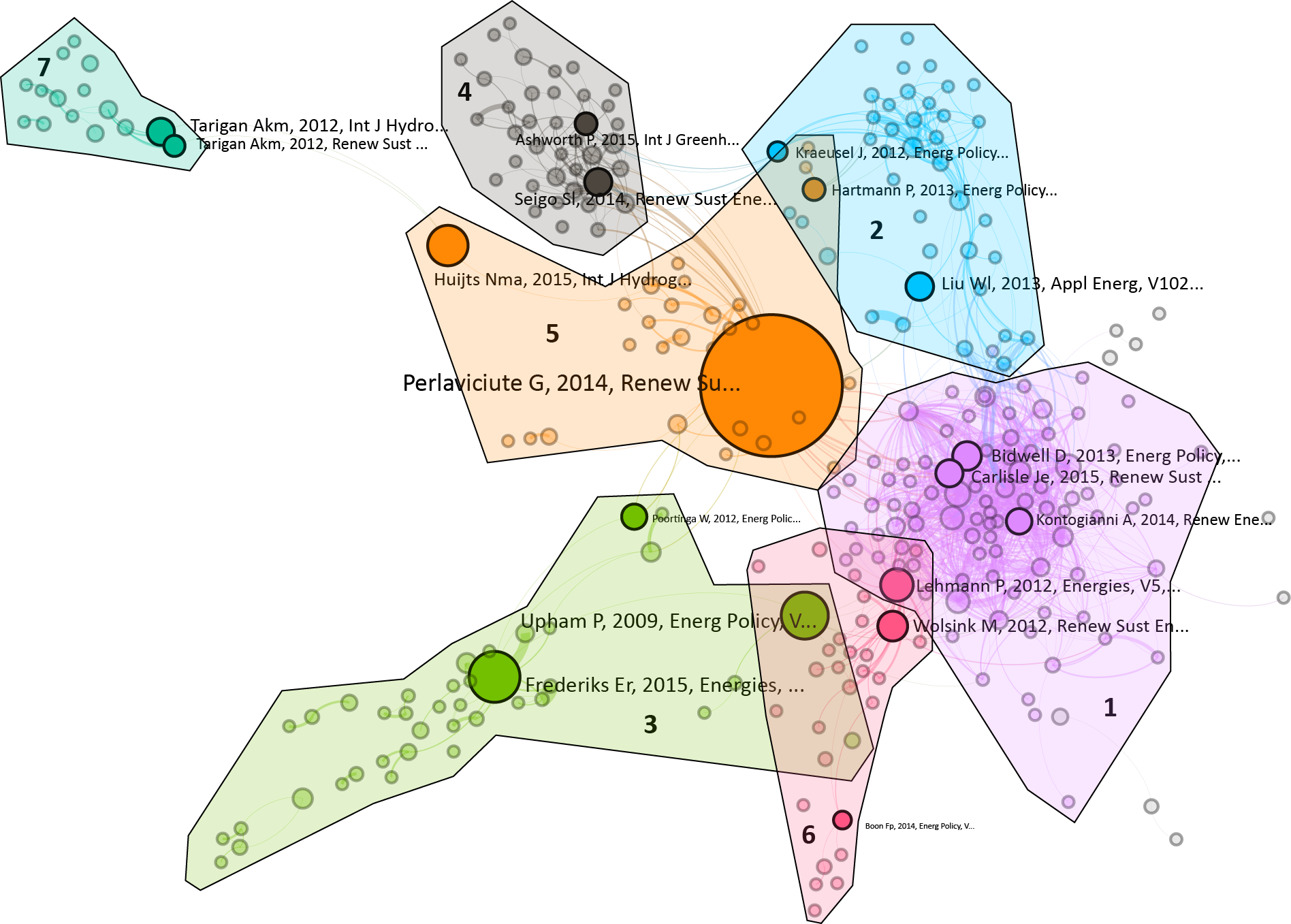One of the objectives of our project on the social acceptance of energy storage systems was to conduct a systematic review of the existing literature on this topic. Unfortunately, preliminary literature searches revealed that there was very little literature in this area.
For a time we toyed with the idea of building a framework for prospectively assessing social acceptance of energy storage on the basis of 'technological analogues', but it became clear that there were at least two problems with that plan. One was that we lacked a thorough enough understanding of what 'social acceptance' means for building out that side of the framework. The second, closely related problem, was that without a strong understanding of the most salient considerations determining social acceptance of energy technology, it wasn't possible to identify what technologies, and in what context, could be considered 'analogous'; to energy storage. Accordingly, it appeared as though the first step toward a comprehensive understanding of the social acceptance of energy storage was to conduct a broad and theoretically-neutral survey of the acceptance literature for energy technology and fuels.
After some 'traditional' attempts at doing such a survey, we stumbled upon several examples online of mapping bodies of literature and presenting those maps as network diagrams. Many of these examples were downloading bibliographic data from Thompson-Reuters' Web of Science and using Python to analyse the information. Lacking a strong capacity in Python, we kept looking for ready-made software solutions that would simplify the process.This post on citation analysis, written by Scott Weingart, was helpful as it introduced us to Sci2, a program written in Java for the purpose of conducting bibliometric analysis. After doing some further research on mapping knowledge domains, co-citation analysis and bibliographic coupling, we were ready to build our literature dataset and get busy mapping.
So, we went to the Web of Science and, through multiple rounds of searching, checking keywords, re-searching, re-checking keywords, etc., ended up with a dataset of ~850 articles, all of which were categorized under the 'Energy Technology & Fuels' research topic by the ISI. We first ran some bibliographic coupling to identify seven current research fronts, and labelled them based upon keyword frequency and co-occurence.
These groups were (in decreasing order of size):
- Wind power / Attitudes / NIMBY (Purple)
- Willingness-to-pay / Renewable energy (Blue)
- Households / Consumption / Behaviour (Green)
- Carbon capture and storage / Communication (Black)
- Nuclear / Risks / Values (Orange)
- Communities / Renewable Energy / Policy (Magenta)
- Hydrogen / Vehicles (Aqua)
It was apparent that most research fronts were organized around either (or both) a specific technology (e.g., groups 1, 4, 5 and 6) or method or concept (i.e., groups 2, 3 and 6). The next step was to run co-citation analysis of the articles contained within each front, in order to identify the 'intellectual basis' of each group. The result was informative, and appeared to support the conceptual, methodological and technological differences between each research front. Group 1 drew more from planning and sociology journals, while Group 3 was very much a psychology-based research front, and Group 2 was based in economics.
We mapped the research fronts with node size based both on citation counts and on betweeness centrality. The latter map indicated that, despite the larger size of Group 1, research in Group 5 was in fact most central to the overall network, and is shown here.

Ultimately, the research provided insight into the current structure of interest and influence in the literature on social acceptance of energy technology and fuels, and suggested where interest and influence trend in the future. In doing so it helped to extend a commonly cited framework for understanding social acceptance, demonstrated that some aspects remain relatively under-researched (i.e., socio-political acceptance), and supplemented recent frameworks on the literature that choose not to conduct a literature-wide, bibliometric survey. The paper has been submitted to a leading journal in energy technology studies.